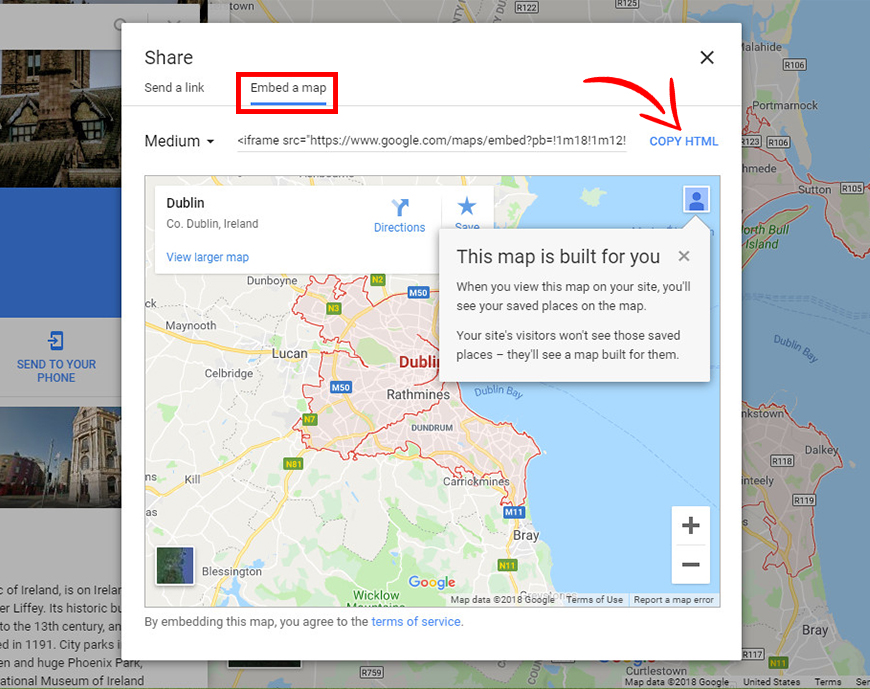

As a simple example, the tag indicating the start of a paragraph element should be complemented by a tag indicating its end. It is part of general SGML behavior that, where only one valid structure is possible (per the DTD), its explicit statement in any given document is not generally required.

it defines the set of element types) and also the valid combinations in which they may appear in a document. The DTD specifies which element types are possible (i.e. Optional tagsĪs HTML (before HTML5) is based on SGML, its parsing also depends on the Document Type Definition (DTD), specifically an HTML DTD (e.g. The contents of the element must be placed between just after the start tag (which might be implied, in certain cases) and just before the end tag (which again, might be implied, in certain cases). (.) The start and end tags of certain normal elements can be omitted, (.) Tags are used to delimit the start and end of elements in the markup. Similarly the W3C Recommendadtion HTML 5.1 2nd Edition explicitly says: For instance, the HEAD element is always present, even though both start and end HEAD tags may be missing in the markup. Remember that the element is one thing, and the tag (be it start or end tag) is another. Some people refer to elements as tags (e.g., "the P tag"). The distinction is explicitly emphasised in HTML 4.01 Specification:Įlements are not tags. This is the case for many, but not all, elements within an HTML document. tags Īs is generally understood, the position of an element is indicated as spanning from a start tag and is terminated by an end tag. I've tested this and it works on chrome, IE11, and firefox.HTML element content categories Elements vs. As an added bonus, you don't have to set the css of the frame to hard coded values since they'll all be set dynamically, you'll just need to worry about how you want the wrap div to display. This will make the iframe and its content scale to 100% width of the wrap div (or whatever percent you want). Var _frameWidth=$($('#frame').contentDocument).width() If you want the iframe and its contents to scale when the window resizes, you can set the following to the window's resize event as well as the iframes onload event. IE7 was a lost cause since -ms-zoom did not exist until IE8. Just use your favorite method for browser sniffing to conditionally include the appropriate CSS, see Is there a way to do browser specific conditional CSS inside a *.css file? for some ideas. wrapįor IE8, set the width/height to match the iframe, and add -ms-zoom to the. This stripped-down CSS works in FF 26, Chrome 32, Opera 18, and IE9 -11 as of.
IFRAME W3SCHOOLS CODE
(Try removing the div from the sample code above and you'll see what I mean.)Īfter struggling with this for hours trying to get it to work in IE8, 9, and 10 here's what worked for me. For some reason, in Firefox when you scale the object down by 75%, it still uses the original size of the image for layout reasons.

Note: I had to use the wrap element for Firefox. This feels a bit esoteric, so if there is a better way to do it I'd welcome suggestions. On Safari/Chrome, the iframe is resized to 75% of its original size, but the content within the iframe is not scaled at all. I found a solution that works in IE and Firefox (at least on the current versions).


 0 kommentar(er)
0 kommentar(er)
